Participants BAI Kleer | Accepted Aetna |
All dental claims will be submitted to your insurance company.
All deductible and copays are due in the office day of service.
We also accept:
Cash – Check – Visa – MasterCard – Discover – Care Credit
Insurance
Accepted
Aetna
Aflac
Assurant
BC/BS
Benefit Services Inc.
Dearborn National
Humana
Medical Mutual
Stone Bridge Life Ins.
All dental claims will be submitted to your insurance company.
All deductible and copays are due in the office day of service.
We also accept:
Cash – Check – Visa – MasterCard – Discover – Care Credit
Please arrive 10 minutes prior to your scheduled appointment to complete a medical history form include any current medications, supplements, and current medical issues We will review your dental history and complete a total care interview to guarantee maximum oral health care. Our gifted health care professionals strive for patients to leave with a clear and precise understanding of their dental needs.
Please present Identification and Insurance Card (if applicable) at the front desk when checking in for your first visit. If you do not have dental insurance you are considered a self-pay patient and will be required to pay a deposit during your first visit. This deposit may be cash or credit card and is completely returned after payment for services is made.
Self-pay payments and insurance co-payments are due day of service Accepted form of payments: Visa, Mastercard, Discover, FlexSpending, Care Credit, Checks, and Cash (American Express is not an accepted form of payment).
If your first appointment is for a cleaning your appointment will be with one of our first-class dental hygienists. Your hygienist will take necessary x-rays, perform an oral cancer screening, periodontal evaluation, prophylaxis, and your doctor will complete a dental examination. Please request any current x-rays to be sent to our office to determine the best treatment for you. If we do not receive your current x-rays the Doctor may require more x-rays to be taken and insurance possibly will not pay resulting in a higher patient payment.
We accept most insurance plans please call the office to verify we can bill your insurance
Please arrive 10 minutes prior to your scheduled appointment to complete a medical history form include any current medications, supplements, and current medical issues We will review your dental history and complete a total care interview to guarantee maximum oral health care. Our gifted health care professionals strive for patients to leave with a clear and precise understanding of their dental needs.
Please present Identification and Insurance Card (if applicable) at the front desk when checking in for your first visit. If you do not have dental insurance you are considered a self-pay patient and will be required to pay a deposit during your first visit. This deposit may be cash or credit card and is completely returned after payment for services is made.
Self-pay payments and insurance co-payments are due day of service Accepted form of payments: Visa, Mastercard, Discover, FlexSpending, Care Credit, Checks, and Cash (American Express is not an accepted form of payment).
If your first appointment is for a cleaning your appointment will be with one of our first-class dental hygienists. Your hygienist will take necessary x-rays, perform an oral cancer screening, periodontal evaluation, prophylaxis, and your doctor will complete a dental examination. Please request any current x-rays to be sent to our office to determine the best treatment for you. If we do not receive your current x-rays the Doctor may require more x-rays to be taken and insurance possibly will not pay resulting in a higher patient payment.
We accept most insurance plans please call the office to verify we can bill your insurance
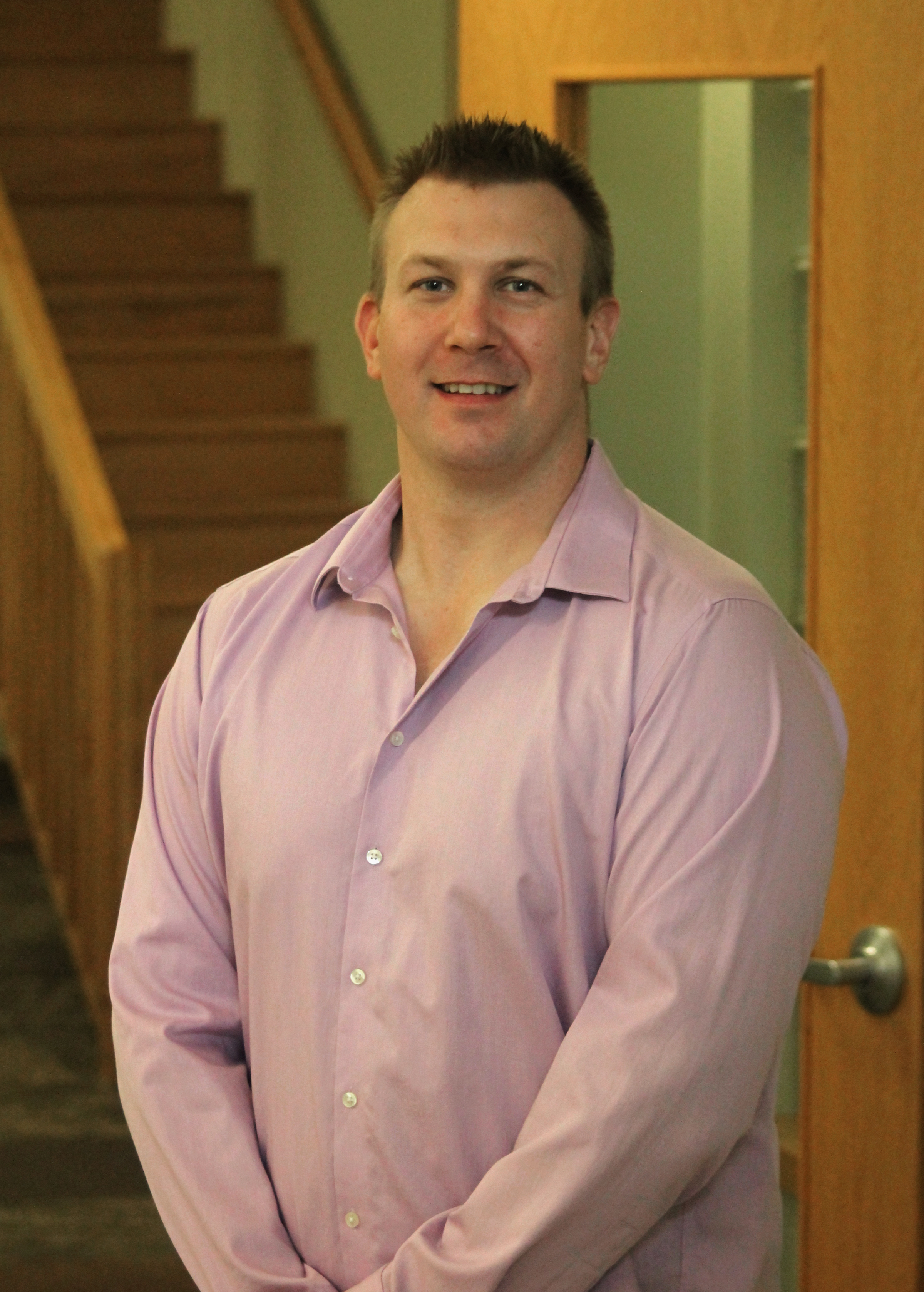
A native to the region, Dr. Hutchinson grew up in nearby Oil City and was a 2001 graduate of Oil City High School. After high school he pursued his academic career at The Johns Hopkins University where he majored in Public Health with a Natural Science focus. In 2005, Dr. Hutchinson was then accepted to the University of Pittsburgh School of Dental Medicine and received his Doctorate in Dental Medicine in 2009. He then expanded on his dental education in a General Practice Residency at St. Elizabeth Health Center in Youngstown, OH. Dr. Hutchinson had been with Derlink and Hutchinson dental since 2010. He was also member of the staff at the Salvation Army Dental Center in Oil City, PA (2010-2012), past president of the Crawford County Dental Association, past president of the Ninth District of the Pennsylvania Dental Association, as well as sat on the committee of the Venango County Technical Center’s dental assistant program. When not at work, Dr. Hutchinson enjoys mountain biking, playing in local softball leagues, and outdoor activities with his family. Dr. Hutchinson lives in nearby Saegertown with his wife Alicia, and children Landon and Kylie.
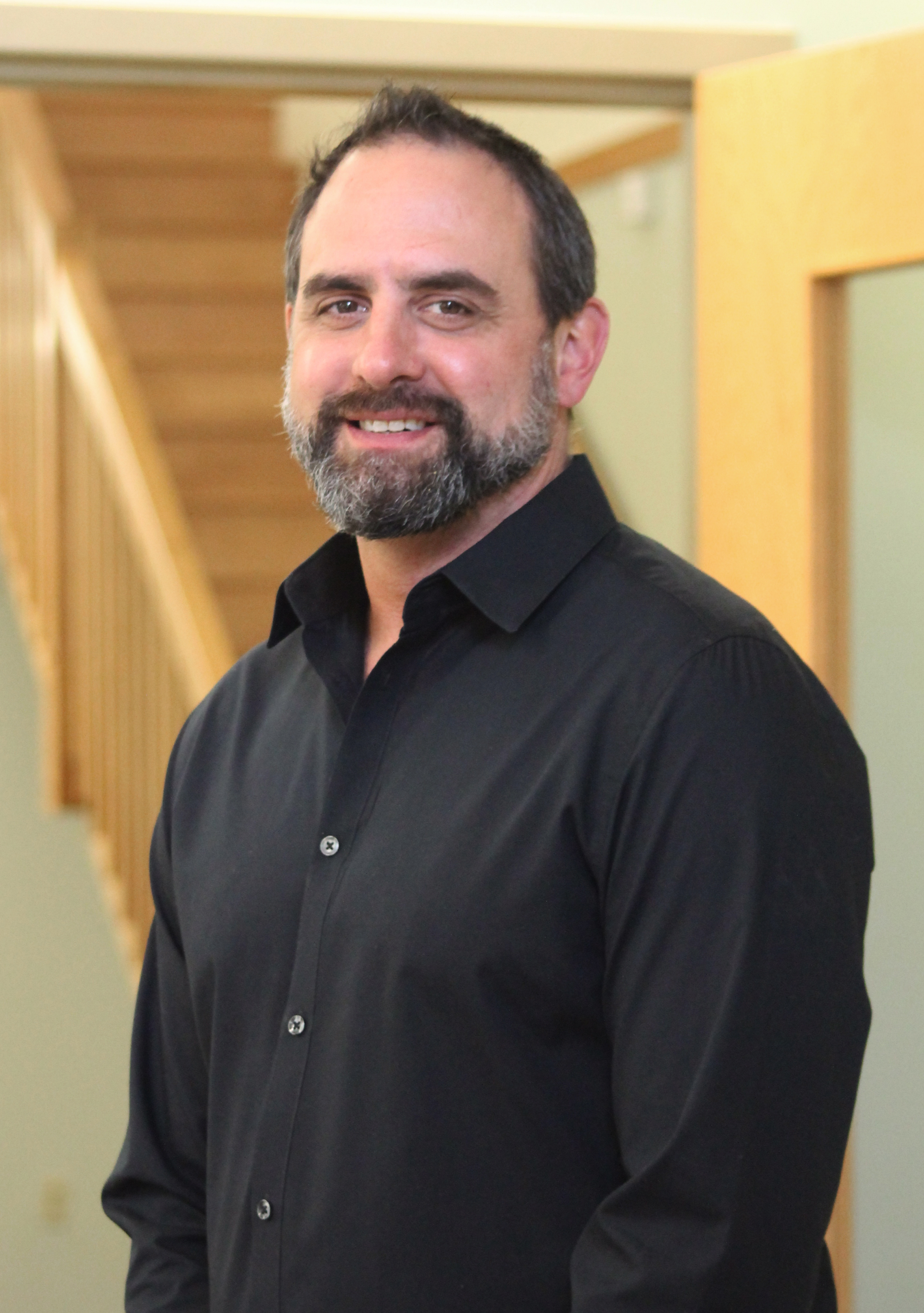 Dr. Derlink from Lower Burrell Pa graduated from St. Vincent College with his undergraduate degree and The University of Pittsburgh with his dental degree. He was commissioned in the United States Airforce where he completed an advanced education in a general dentistry residency. Currently, he resides in Meadville with his triplet boys. He enjoys fly-fishing, snowmobiling, hunting, and playing guitar. He contributes to Autism Awareness Organizations and Trout Unlimited. Dental Implants are his main interest in dentistry.
Dr. Derlink from Lower Burrell Pa graduated from St. Vincent College with his undergraduate degree and The University of Pittsburgh with his dental degree. He was commissioned in the United States Airforce where he completed an advanced education in a general dentistry residency. Currently, he resides in Meadville with his triplet boys. He enjoys fly-fishing, snowmobiling, hunting, and playing guitar. He contributes to Autism Awareness Organizations and Trout Unlimited. Dental Implants are his main interest in dentistry.
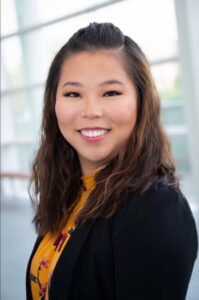 Dr. Olivia Loeblein grew up in Stoneboro, PA and graduated from Westminster College. She then went on to earn her dental degree from Case Western Reserve University where she was actively involved in the American Student Dental Association and PSI Omega fraternity. She is now back in Western PA and excited to be working close to home. Dr. Olivia enjoys reading, spending time outdoors, and musical theatre. She is currently involved in community theatre and is part of the worship team at church.
Dr. Olivia Loeblein grew up in Stoneboro, PA and graduated from Westminster College. She then went on to earn her dental degree from Case Western Reserve University where she was actively involved in the American Student Dental Association and PSI Omega fraternity. She is now back in Western PA and excited to be working close to home. Dr. Olivia enjoys reading, spending time outdoors, and musical theatre. She is currently involved in community theatre and is part of the worship team at church.
 |
Dr. Derlink from Lower Burrell Pennsylvania graduated from St. Vincent College with his undergraduate degree and The University of Pittsburgh with his dental degree. He was commissioned in the United States Airforce where he completed an advanced education in a general dentistry residency. Currently, he resides in Meadville with his triplet boys. He enjoys fly-fishing, snowmobiling, hunting, and playing guitar. He contributes to Autism Awareness organizations and Trout Unlimited. Dental Implants are his main interest in dentistry. |
|---|---|
 |
A native to the region, Dr. Hutchinson grew up in nearby Oil City and was a 2001 graduate of Oil City High School. After high school he pursued his academic career at The Johns Hopkins University where he majored in Public Health with a Natural Science focus. In 2005, Dr. Hutchinson was then accepted to the University of Pittsburgh School of Dental Medicine and received his Doctorate in Dental Medicine in 2009. He then expanded on his dental education in a General Practice Residency at St. Elizabeth Health Center in Youngstown, OH. Dr. Hutchinson had been with Derlink and Hutchinson dental since 2010. He was also member of the staff at the Salvation Army Dental Center in Oil City, PA (2010-2012), past president of the Crawford County Dental Association, past president of the Ninth District of the Pennsylvania Dental Association, as well as sat on the committee of the Venango County Technical Center’s dental assistant program. When not at work, Dr. Hutchinson enjoys mountain biking, playing in local softball leagues, and outdoor activities with his family. Dr. Hutchinson lives in nearby Saegertown with his wife Alicia, and children Landon and Kylie. |
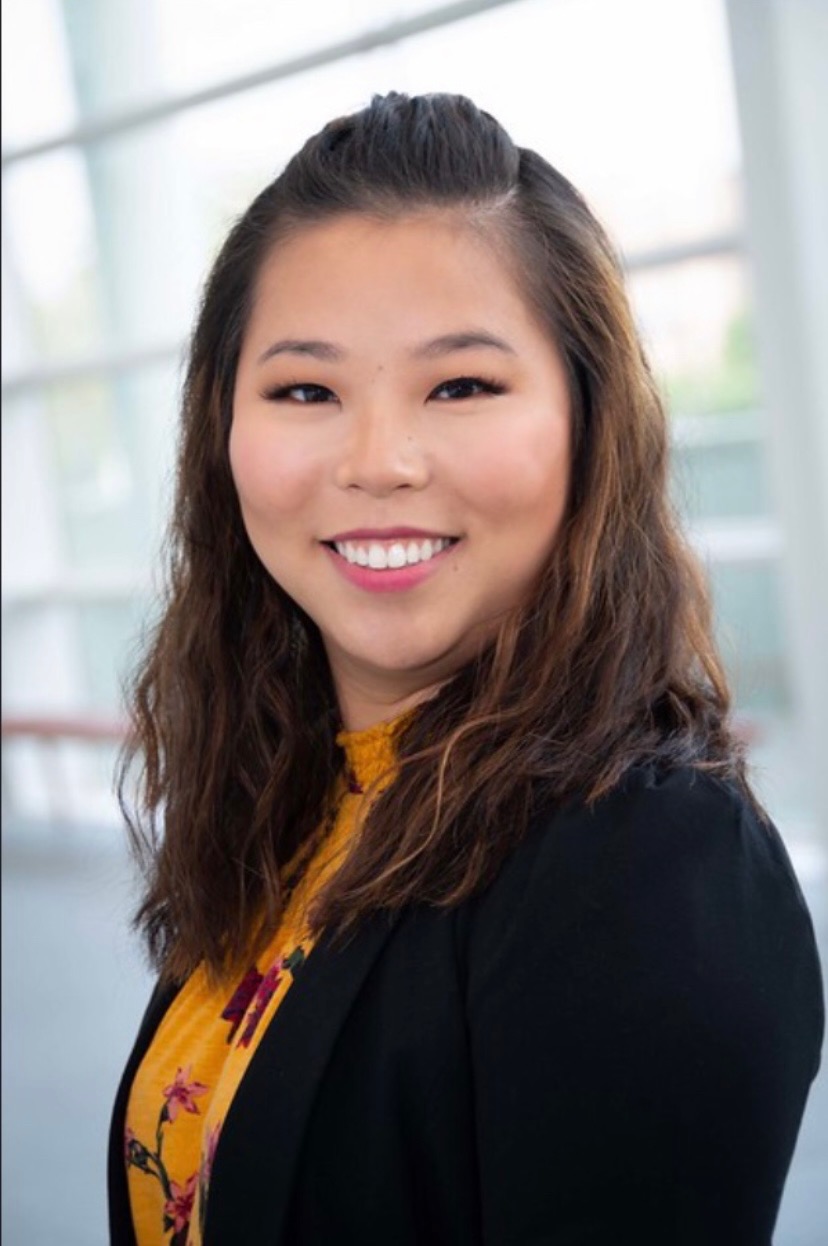 |
Dr. Olivia Loeblein grew up in Stoneboro, PA and graduated from Westminster College. She then went on to earn her dental degree from Case Western Reserve University where she was actively involved in the American Student Dental Association and PSI Omega fraternity. She is now back in Western PA and excited to be working close to home. Dr. Olivia enjoys reading, spending time outdoors, and musical theatre. She is currently involved in community theatre and is part of the worship team at church. |
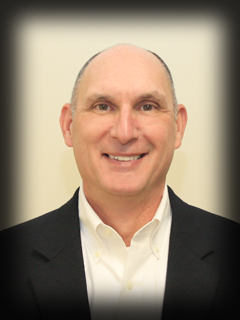 |
Dr. Cervone’s Retirement Statement: After practicing dentistry in Meadville for over 35 years, Linda and I are enjoying semi-retirement in Hilton Head, South Carolina. I am easily filling my time working on my golf game, biking, and even trying to improve my skills in the kitchen. Although I miss seeing my patients who were part of my life for so many years, I am not missing NW Pennsylvania winters. |
|---|---|
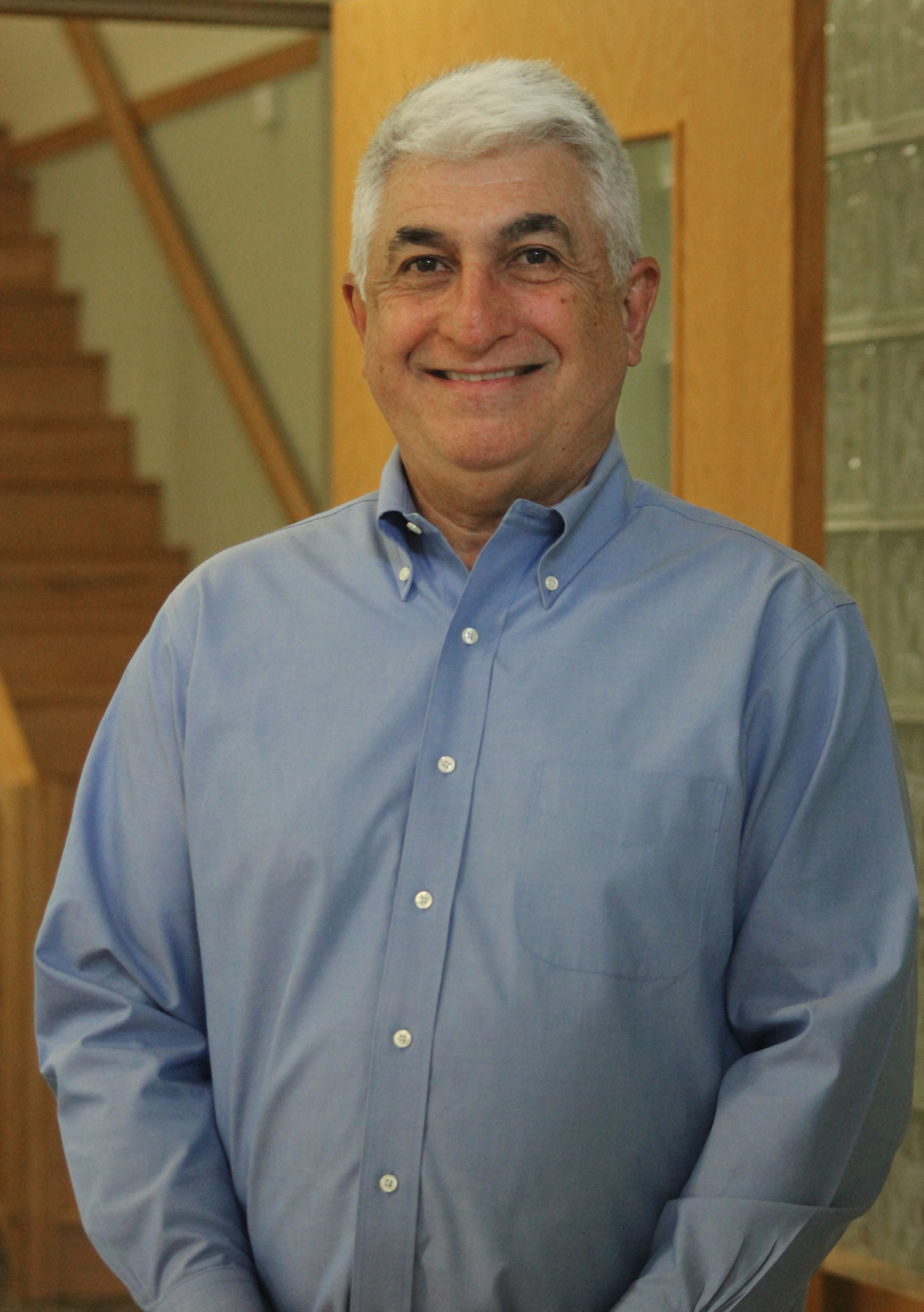 |
Dr. Bournias graduated from Ohio State University with his undergraduate and dental degree. He then served in the United States Army for 2 years and completed a Mastership in the Academy of General Dentistry. He enjoys spending precious moments with his three grandchildren and two children. He is an avid golfer and a wine enthusiast. He works with The Crawford County R.E.A.D. program as well as the Key Club in Cochranton. He currently resides in Cochranton with his wife Karen. Family dentistry is his passion. |
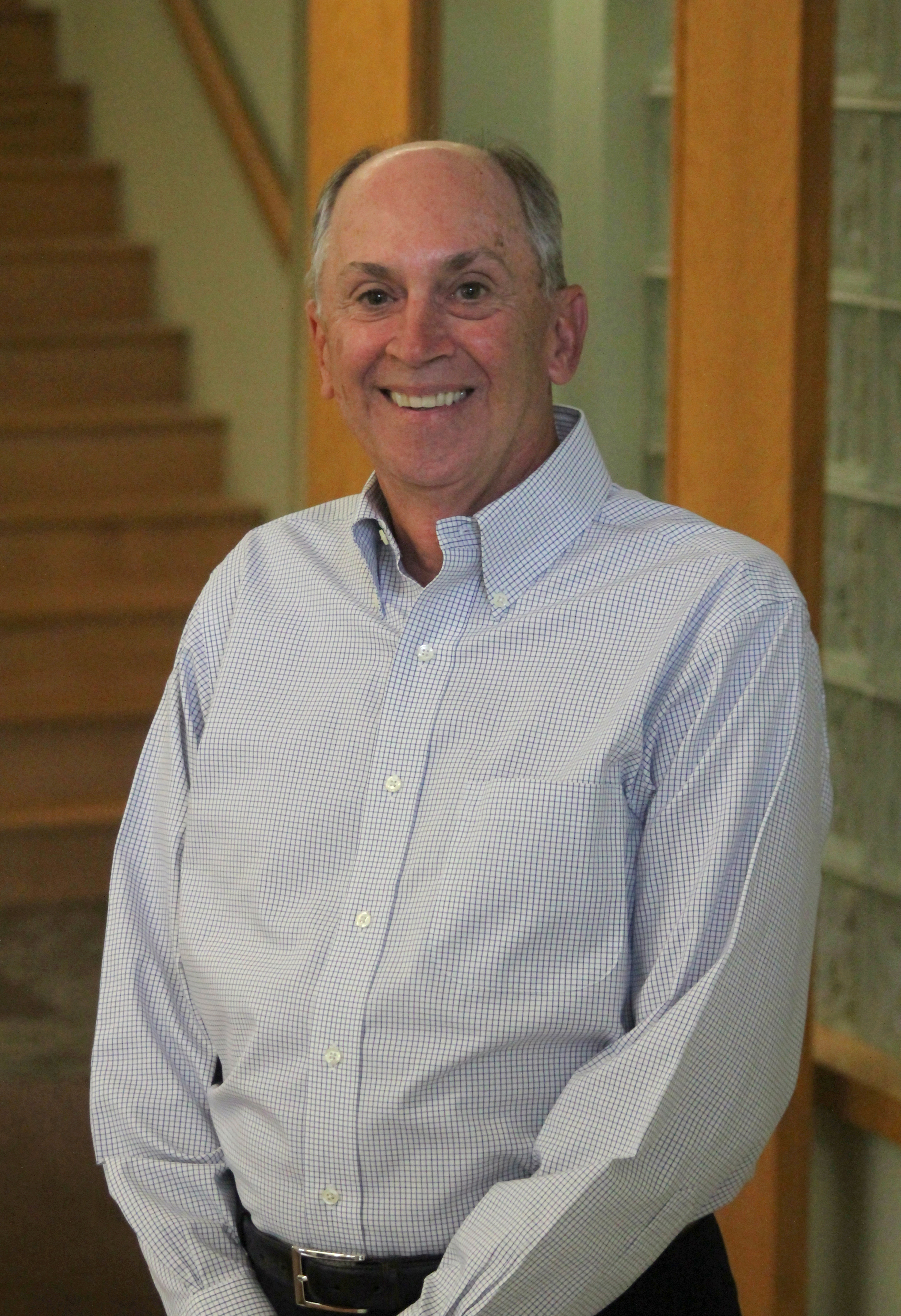 |
Dr. Davern is a lifetime resident of Meadville and a 1979 graduate of The University of Pittsburgh School of Dental Medicine. He also graduated Magna Cum Laude in 1975 from the University of Pittsburgh with a Bachelor of Science in Biochemistry. He has 38 years of experience in General Dentistry. He is married, and expecting his first grandchild in the fall of 2017. His two favorite hobbies are golfing and hunting. |
 Dr. Derlink from Lower Burrell Pennsylvania graduated from St. Vincent College with his undergraduate degree and The University of Pittsburgh with his dental degree. He was commissioned in the United States Airforce where he completed an advanced education in a general dentistry residency. Currently, he resides in Meadville with his triplet boys. He enjoys fly-fishing, snowmobiling, hunting, and playing guitar. He contributes to Autism Awareness organizations and Trout Unlimited. Dental Implants are his main interest in dentistry. |
|
|---|---|
 A native to the region, Dr. Hutchinson grew up in nearby Oil City and was a 2001 graduate of Oil City High School. After high school he pursued his academic career at The Johns Hopkins University where he majored in Public Health with a Natural Science focus. In 2005, Dr. Hutchinson was then accepted to the University of Pittsburgh School of Dental Medicine and received his Doctorate in Dental Medicine in 2009. He then expanded on his dental education in a General Practice Residency at St. Elizabeth Health Center in Youngstown, OH. Dr. Hutchinson had been with Derlink and Hutchinson dental since 2010. He was also member of the staff at the Salvation Army Dental Center in Oil City, PA (2010-2012), past president of the Crawford County Dental Association, past president of the Ninth District of the Pennsylvania Dental Association, as well as sat on the committee of the Venango County Technical Center’s dental assistant program. When not at work, Dr. Hutchinson enjoys mountain biking, playing in local softball leagues, and outdoor activities with his family. Dr. Hutchinson lives in nearby Saegertown with his wife Alicia, and children Landon and Kylie. |
|
 Dr. Olivia Loeblein grew up in Stoneboro, PA and graduated from Westminster College. She then went on to earn her dental degree from Case Western Reserve University where she was actively involved in the American Student Dental Association and PSI Omega fraternity. She is now back in Western PA and excited to be working close to home. Dr. Olivia enjoys reading, spending time outdoors, and musical theatre. She is currently involved in community theatre and is part of the worship team at church. |

Dr. Cervone’s Retirment Statement: After practicing dentistry in Meadville for over 35 years, Linda and I are enjoying semi-retirement in Hilton Head, South Carolina. I am easily filling my time working on my golf game, biking, and even trying to improve my skills in the kitchen. Although I miss seeing my patients who were part of my life for so many years, I am not missing NW Pennsylvania winters. |
|
|---|---|

Dr. Bournias graduated from Ohio State University with his undergraduate and dental degree. He then served in the United States Army for 2 years and completed a Mastership in the Academy of General Dentistry. He enjoys spending precious moments with his three grandchildren and two children. He is an avid golfer and a wine enthusiast. He works with The Crawford County R.E.A.D. program as well as the Key Club in Cochranton. He currently resides in Cochranton with his wife Karen. Family dentistry is his passion. |
|

Dr. Davern is a lifetime resident of Meadville and a 1979 graduate of The University of Pittsburgh School of Dental Medicine. He also graduated Magna Cum Laude in 1975 from the University of Pittsburgh with a Bachelor of Science in Biochemistry. He has 38 years of experience in General Dentistry. He is married, and expecting his first grandchild in the fall of 2017. His two favorite hobbies are golfing and hunting. |
Participants
BAI
Cigna
Delta Dental
Dentemax
Kleer
Guardian
Metlife
United Concordia
United Health Care
Accepted
Aetna
Aflac
Assurant
BC/BS
Benefit Services Inc.
Dearborn National
Humana
Medical Mutual
Stone Bridge Life Ins.
All dental claims will be submitted to your insurance company.
All deductible and copays are due in the office day of service.
We also accept:
Cash – Check – Visa – MasterCard – Discover – Care Credit
Participants
BAI
Cigna
Delta Dental
Dentemax
Kleer
Guardian
Metlife
United Concordia
United Health Care
Accepted
Aetna
Aflac
Assurant
BC/BS
Benefit Services Inc.
Dearborn National
Humana
Medical Mutual
Stone Bridge Life Ins.
All dental claims will be submitted to your insurance company.
All deductible and copays are due in the office day of service.
We also accept:
Cash – Check – Visa – MasterCard – Discover – Care Credit
This Medical History Form is for New Patients
Please bring the form below to your next scheduled appointment completed.
Orthodontics, orthodontia, or orthodonture (from Greekorthos “straight or proper or perfect”; 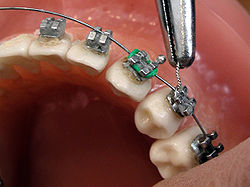 and odous “tooth”) is the first specialty of dentistry that is concerned with the study and treatment of malocclusions (improper bites), which may be a result of tooth irregularity, disproportionate jaw relationships, or both. Orthodontic treatment can focus on dental displacement only, or can deal with the control and modification of facial growth. In the latter case it is better defined as “dentofacial orthopaedics”. Orthodontic treatment can be carried out for purely aesthetic reasons with regards to improving the general appearance of patients’ teeth. However, there are orthodontists who work on reconstructing the entire face rather than focusing exclusively on teeth.
and odous “tooth”) is the first specialty of dentistry that is concerned with the study and treatment of malocclusions (improper bites), which may be a result of tooth irregularity, disproportionate jaw relationships, or both. Orthodontic treatment can focus on dental displacement only, or can deal with the control and modification of facial growth. In the latter case it is better defined as “dentofacial orthopaedics”. Orthodontic treatment can be carried out for purely aesthetic reasons with regards to improving the general appearance of patients’ teeth. However, there are orthodontists who work on reconstructing the entire face rather than focusing exclusively on teeth.
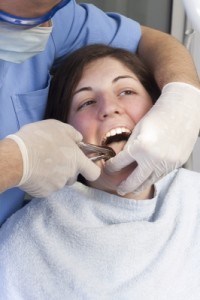
A dental extraction (also referred to as exodontia) is the removal of a tooth from the mouth. Extractions are performed for a wide variety of reasons, including tooth decay that has destroyed enough tooth structure to render the tooth non-restorable. Extractions of impacted or problematic wisdom teeth are routinely performed, as are extractions of some permanent teeth to make space for orthodontic treatment.
Dentures (also known as false teeth) are prosthetic devices constructed to replace missing teeth, and which are supported by surrounding soft and hard tissues of the oral cavity. Conventional den tures are removable, however there are many different denture designs, some which rely on bonding or clasping onto teeth or dental implants. There are two main categories of dentures, depending on whether they are used to replace missing teeth on the mandibular arch or the maxillary arch.
tures are removable, however there are many different denture designs, some which rely on bonding or clasping onto teeth or dental implants. There are two main categories of dentures, depending on whether they are used to replace missing teeth on the mandibular arch or the maxillary arch.
A root canal is the space within the root of a tooth. It is part of a naturally occurring space within a tooth that consists of the pulp chamber (within the coronal part of the tooth), the main canal(s), and more intricate anatomical  branches that may connect the root canals to each other or to the surface of the root.The smaller branches, referred to as accessory canals, are most frequently found near the root end (apex) but may be encountered anywhere along the root length. There may be one or two main canals within each root. Some teeth have more variable internal anatomy than others. This space is filled with a highly vascularized, loose connective tissue, the dental pulp.The dental pulp is the tissue of which the dentin portion of the tooth is composed. The dental pulp helps complete formation of the secondary teeth (adult teeth) one to two years after eruption into the mouth. The dental pulp also nourishes and hydrates the tooth structure which makes the tooth more resilient, less brittle and less prone to fracture from chewing hard foods. Additionally, the dental pulp provides a hot and cold sensory function. Root canal is also a colloquial term for a dental operation, endodontic therapy, wherein the pulp is cleaned out, the space disinfected and then filled.
branches that may connect the root canals to each other or to the surface of the root.The smaller branches, referred to as accessory canals, are most frequently found near the root end (apex) but may be encountered anywhere along the root length. There may be one or two main canals within each root. Some teeth have more variable internal anatomy than others. This space is filled with a highly vascularized, loose connective tissue, the dental pulp.The dental pulp is the tissue of which the dentin portion of the tooth is composed. The dental pulp helps complete formation of the secondary teeth (adult teeth) one to two years after eruption into the mouth. The dental pulp also nourishes and hydrates the tooth structure which makes the tooth more resilient, less brittle and less prone to fracture from chewing hard foods. Additionally, the dental pulp provides a hot and cold sensory function. Root canal is also a colloquial term for a dental operation, endodontic therapy, wherein the pulp is cleaned out, the space disinfected and then filled.
A crown is a type of dental restoration which completely caps or encircles a tooth or dental im plant. Crowns are often needed when a large cavity threatens the ongoing health of a tooth. They are typically bonded to the tooth using a dental cement. Crowns can be made from many materials, which are usually fabricated using indirect methods. Crowns are often used to improve the strength or appearance of teeth.
plant. Crowns are often needed when a large cavity threatens the ongoing health of a tooth. They are typically bonded to the tooth using a dental cement. Crowns can be made from many materials, which are usually fabricated using indirect methods. Crowns are often used to improve the strength or appearance of teeth.
A dental implant is a “root” device, usually made of titanium, used in dentistry to support restorations that resemble a tooth or group of teeth to replace missing teeth. Virtually all dental implants placed today are root-form endosseous implants, i.e., they appear similar to an actual tooth root (and thus possess a “root-form”) and  are placed within the bone (endo- being the Greek prefix for “in” and osseous referring to “bone”). The bone of the jaw accepts and osseointegrates with the titanium post. Osseointegration refers to the fusion of the implant surface with the surrounding bone. Dental implants will fuse with bone, however they lack the periodontal ligament, so they will feel slightly different than natural teeth during chewing. Prior to the advent of root-form endosseous implants, most implants were either blade endosseous implants, in that the shape of the metal piece placed within the bone resembled a flat blade, or subperiosteal implants, in which a framework was constructed to lie upon and was attached with screws to the exposed bone of the jaws. Dental implants can be used to support a number of dental prostheses, including crowns, implant-supported bridges or dentures. They can also be used as anchorage for orthodontic tooth movement. The use of dental implants permits unidirectional tooth movement without reciprocal action.
are placed within the bone (endo- being the Greek prefix for “in” and osseous referring to “bone”). The bone of the jaw accepts and osseointegrates with the titanium post. Osseointegration refers to the fusion of the implant surface with the surrounding bone. Dental implants will fuse with bone, however they lack the periodontal ligament, so they will feel slightly different than natural teeth during chewing. Prior to the advent of root-form endosseous implants, most implants were either blade endosseous implants, in that the shape of the metal piece placed within the bone resembled a flat blade, or subperiosteal implants, in which a framework was constructed to lie upon and was attached with screws to the exposed bone of the jaws. Dental implants can be used to support a number of dental prostheses, including crowns, implant-supported bridges or dentures. They can also be used as anchorage for orthodontic tooth movement. The use of dental implants permits unidirectional tooth movement without reciprocal action.
This Medical History Form is for New Patients
Once the form is completed you will be able to email or print the form.
If printed simply sign and bring the form in at your scheduled appointment.
If emailed we will have you sign during your scheduled appointment.

A dental extraction (also referred to as exodontia) is the removal of a tooth from the mouth. Extractions are performed for a wide variety of reasons, including tooth decay that has destroyed enough tooth structure to render the tooth non-restorable. Extractions of impacted or problematic wisdom teeth are routinely performed, as are extractions of some permanent teeth to make space for orthodontic treatment.

Dentures (also known as false teeth) are prosthetic devices constructed to replace missing teeth, and which are supported by surrounding soft and hard tissues of the oral cavity. Conventional dentures are removable, however there are many different denture designs, some which rely on bonding or clasping onto teeth or dental implants. There are two main categories of dentures, depending on whether they are used to replace missing teeth on the mandibular arch or the maxillary arch.

A root canal is the space within the root of a tooth. It is part of a naturally occurring space within a tooth that consists of the pulp chamber (within the coronal part of the tooth), the main canal(s), and more intricate anatomical branches that may connect the root canals to each other or to the surface of the root.The smaller branches, referred to as accessory canals, are most frequently found near the root end (apex) but may be encountered anywhere along the root length. There may be one or two main canals within each root. Some teeth have more variable internal anatomy than others. This space is filled with a highly vascularized, loose connective tissue, the dental pulp.The dental pulp is the tissue of which the dentin portion of the tooth is composed. The dental pulp helps complete formation of the secondary teeth (adult teeth) one to two years after eruption into the mouth. The dental pulp also nourishes and hydrates the tooth structure which makes the tooth more resilient, less brittle and less prone to fracture from chewing hard foods. Additionally, the dental pulp provides a hot and cold sensory function. Root canal is also a colloquial term for a dental operation, endodontic therapy, wherein the pulp is cleaned out, the space disinfected and then filled.
A crown is a type of dental restoration which completely caps or encircles a tooth or dental implant. Crowns are often needed when a large cavity threatens the ongoing health of a tooth. They are typically bonded to the tooth using a dental cement. Crowns can be made from many materials, which are usually fabricated using indirect methods. Crowns are often used to improve the strength or appearance of teeth.

A dental implant is a “root” device, usually made of titanium, used in dentistry to support restorations that resemble a tooth or group of teeth to replace missing teeth. Virtually all dental implants placed today are root-form endosseous implants, i.e., they appear similar to an actual tooth root (and thus possess a “root-form”) and are placed within the bone (endo- being the Greek prefix for “in” and osseous referring to “bone”). The bone of the jaw accepts and osseointegrates with the titanium post. Osseointegration refers to the fusion of the implant surface with the surrounding bone. Dental implants will fuse with bone, however they lack the periodontal ligament, so they will feel slightly different than natural teeth during chewing. Prior to the advent of root-form endosseous implants, most implants were either blade endosseous implants, in that the shape of the metal piece placed within the bone resembled a flat blade, or subperiosteal implants, in which a framework was constructed to lie upon and was attached with screws to the exposed bone of the jaws. Dental implants can be used to support a number of dental prostheses, including crowns, implant-supported bridges or dentures. They can also be used as anchorage for orthodontic tooth movement. The use of dental implants permits unidirectional tooth movement without reciprocal action.
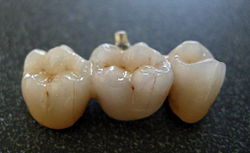
A bridge, also known as a fixed partial denture, is a dental restoration used to replace a missing tooth by joining permanently to adjacent teeth or dental implants.
Types of bridges may vary, depending upon how they are fabricated and the way they anchor to the adjacent teeth. Conventionally, bridges are made using the indirect method of restoration. However, bridges can be fabricated directly in the mouth using such materials as composite resin.
A bridge is fabricated by reducing the teeth on either side of the missing tooth or teeth by a preparation pattern determined by the location of the teeth and by the material from which the bridge is fabricated. In other words, the abutment teeth are reduced in size to accommodate the material to be used to restore the size and shape of the original teeth in a correct alignment and contact with the opposing teeth. The dimensions of the bridge are defined by Ante’s Law: “The root surface area of the abutment teeth has to equal or surpass that of the teeth being replaced with pontics“.
The materials used for the bridges include gold, porcelain fused to metal, or in the correct situation porcelain alone. The amount and type of reduction done to the abutment teeth varies slightly with the different materials used. The recipient of such a bridge must be careful to clean well under this prosthesis.
When restoring an edentulous space with a fixed partial denture that will crown the teeth adjacent to the space andbridge the gap with a pontic, or “dummy tooth”, the restoration is referred to as a bridge. Besides all of the preceding information that concerns single-unit crowns, bridges possess a few additional considerations when it comes to case selection and treatment planning, tooth preparation and restoration fabrication.
A bridge, also known as a fixed partial denture, is a dental restoration used to replace a missing tooth by joining permanently to adjacent teeth or dental implants.
Types of bridges may vary, depending upon how they are fabricated and the way they anchor to the adjacent teeth. Conventionally, bridges are made using the indirect method of restoration. However, bridges can be fabricated directly in the mouth using such materials as composite resin.
A bridge is fabricated by reducing the teeth on either side of the missing tooth or teeth by a preparation pattern determined by the location of the teeth and by the material from which the bridge is fabricated. In other words, the abutment teeth are reduced in size to accommodate the material to be used to restore the size and shape of the original teeth in a correct alignment and contact with the opposing teeth. The dimensions of the bridge are defined by Ante’s Law: “The root surface area of the abutment teeth has to equal or surpass that of the teeth being replaced with pontics“. 
The materials used for the bridges include gold, porcelain fused to metal, or in the correct situation porcelain alone. The amount and type of reduction done to the abutment teeth varies slightly with the different materials used. The recipient of such a bridge must be careful to clean well under this prosthesis.
When restoring an edentulous space with a fixed partial denture that will crown the teeth adjacent to the space andbridge the gap with a pontic, or “dummy tooth”, the restoration is referred to as a bridge. Besides all of the preceding information that concerns single-unit crowns, bridges possess a few additional considerations when it comes to case selection and treatment planning, tooth preparation and restoration fabrication.